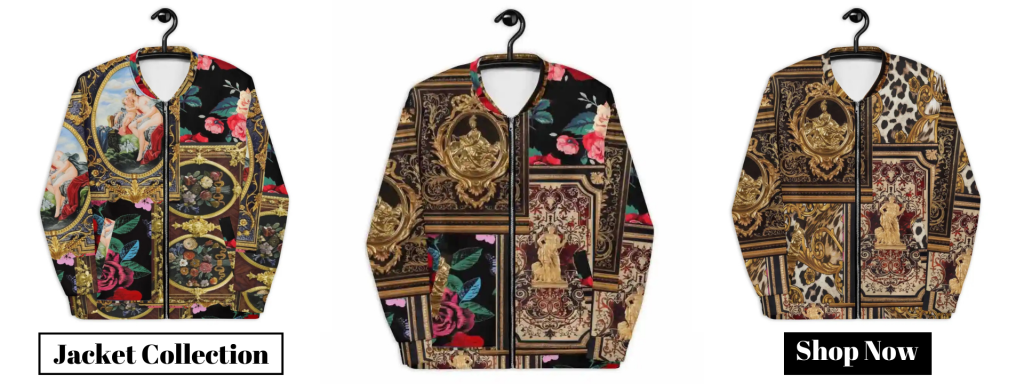
The anorak jacket, a staple of modern outdoor and fashion wear, has a rich and fascinating history that spans from practical, life-saving gear in the Arctic to becoming a global fashion phenomenon. With its weatherproof features and functional design, the anorak has evolved through the centuries, blending practicality with style to become one of the most iconic jackets in the world today.
Origins in the Arctic: A Garment of Necessity
The origins of the anorak can be traced back to the Inuit people of the Arctic regions, who required specialized clothing to survive in one of the harshest environments on earth. The word “anorak” itself comes from the Inuit word “anorâk”, which means a windproof jacket made from animal skins or furs. These early anoraks were designed to provide warmth, wind resistance, and protection against the elements during extreme cold weather.
Typically made from seal or caribou skin, the traditional anorak was lined with fur and designed to be worn as a hooded outer garment. The fitted hoods, often lined with fur, helped trap heat while also offering protection from the wind and blowing snow. The anorak was not just a jacket but a critical piece of survival gear for hunting, fishing, and daily life in the frozen landscapes of the Arctic.
The Military Influence: A Symbol of Practical Design
The modern anorak as we know it today owes much of its development to military use in the 20th century. During World War II, the British military sought out practical outerwear for soldiers battling in cold and harsh environments. The anorak, with its weather-resistant properties and functional design, became a preferred choice for expeditions in snow-covered regions.
The iconic “parka” style, often considered synonymous with the anorak, was developed during this time as well. Military-issued anoraks and parkas were made of durable, waterproof materials like nylon and canvas. These jackets were designed to protect soldiers from freezing temperatures while being lightweight enough to not hinder movement. The functional hood, often featuring drawstrings and adjustable cuffs, became a hallmark of the design.
The Arctic Exploration Era: A Step Into the Modern Anorak
In the 1950s and 1960s, the anorak jacket began to take on a more recognizable form thanks to its use in Arctic expeditions. During this time, explorers, climbers, and mountaineers sought out weather-resistant jackets that could endure the extreme conditions they encountered in the North and South Poles. The combination of windproofing, insulation, and protection from rain and snow made the anorak an ideal choice for these high-altitude and frigid conditions.
One of the key moments in the anorak’s history came in 1952, when British explorer Sir John Hunt and his team wore anoraks during their successful expedition to the summit of Mount Everest. These jackets were constructed using newer synthetic materials such as nylon and polyester, which offered greater durability, weather resistance, and insulation. As these materials became more widely available, the anorak’s use expanded beyond polar expeditions and military settings.
The 1970s and 1980s: From Functional Wear to Fashion Statement
The 1970s marked a turning point in the anorak’s journey as it transitioned from a functional piece of outerwear to a fashionable trend. During this time, the growing popularity of outdoor sports, like hiking, skiing, and mountaineering, helped push the anorak into mainstream consciousness. The jacket was no longer solely worn by explorers or soldiers but became part of the casual wardrobe for outdoor enthusiasts.
This shift in perception coincided with advancements in technical fabrics that made the anorak both more comfortable and stylish. Brands like The North Face, Patagonia, and Columbia began creating anoraks with modern, functional designs that incorporated new materials like waterproof Gore-Tex and lightweight insulation. These innovations made the jacket more versatile, suitable not just for extreme cold but also for milder climates.
In the 1980s, the anorak’s functional appeal caught the attention of the fashion industry. The urban streetwear movement, popularized by figures in hip-hop and skate culture, embraced the anorak as part of a stylish, utilitarian look. Bright, bold colors and unique patterns became associated with anoraks, especially in splashy nylon fabrics, making them desirable for both outdoor activities and urban environments. As a result, the anorak became synonymous with an active, adventurous lifestyle.
The 1990s and 2000s: Anorak as a Fashion Staple
By the 1990s, the anorak jacket had firmly established itself as a fashion staple, and its design began to diversify. As technology and materials advanced, the jacket’s sleek design and adaptable features became popular in both functional and high-fashion contexts. From its humble beginnings as a survival garment in the Arctic, the anorak was now worn by people from all walks of life.
Many anoraks of the time featured practical elements such as adjustable hoods, deep pockets, and breathable fabrics designed for outdoor pursuits. At the same time, high-fashion brands began experimenting with the anorak silhouette, adding their own twist to the jacket with premium materials, tailored cuts, and luxurious finishes. The combination of function and style made the anorak a go-to piece for people who wanted to look stylish while maintaining practicality in their wardrobes.
The 2010s to Present: The Anorak’s Evolution in Fashion and Functionality
Today, the anorak jacket has continued to evolve, blending its rugged heritage with contemporary design trends. In the 2010s and beyond, the anorak has solidified its place in both fashion and performance markets. Major sportswear brands continue to create high-performance versions for athletes and outdoor enthusiasts, while luxury designers have introduced sleek, minimalist versions of the jacket, often made from technical fabrics that emphasize both function and aesthetics.
The anorak’s influence is also visible in streetwear and urban fashion. Its versatile, unisex appeal means it’s embraced by everyone from young fashion enthusiasts to those seeking a reliable and stylish jacket for urban exploration. Popular brands like Nike, Adidas, and Supreme have made their own versions of the anorak, often pairing it with bold logos and patterns that reflect modern culture.
Conclusion: The Timeless Appeal of the Anorak Jacket
From its Arctic roots to its contemporary status as both an outdoor necessity and a fashion-forward item, the anorak jacket has undergone significant transformations while retaining its core characteristics: warmth, protection, and functionality. Whether you wear it for outdoor adventures, in the city streets, or as a fashion statement, the anorak remains a timeless piece that has proven its value across the decades.
The jacket’s ability to combine practicality with style has allowed it to transcend generations, making it a must-have outerwear item in any wardrobe, no matter the season or activity. As the anorak continues to adapt to modern needs, one thing remains clear: its legacy as a trusted and versatile piece of clothing is here to stay.
-
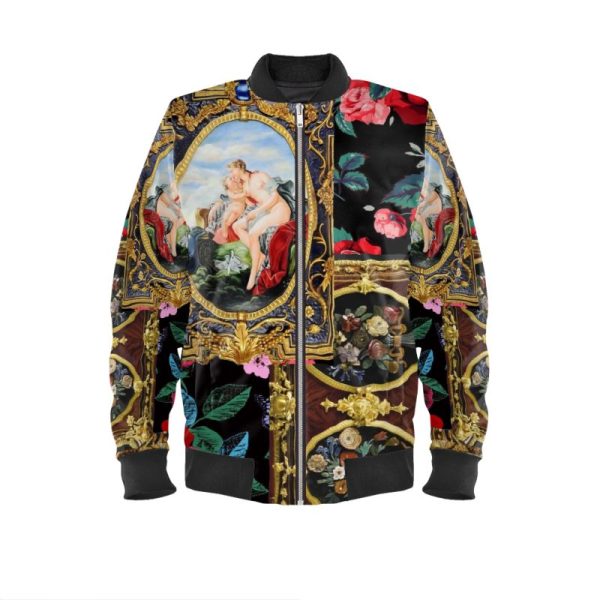 Satin Designer Bomber Jacket$448
Satin Designer Bomber Jacket$448 -
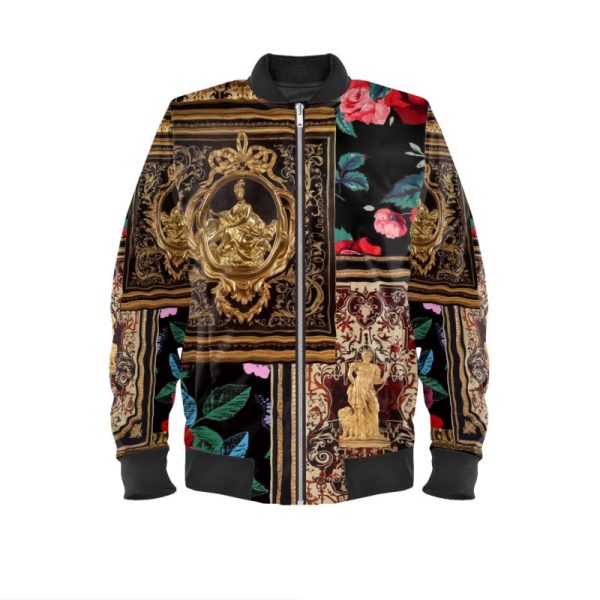 Satin Designer Bomber Jacket$448
Satin Designer Bomber Jacket$448 -
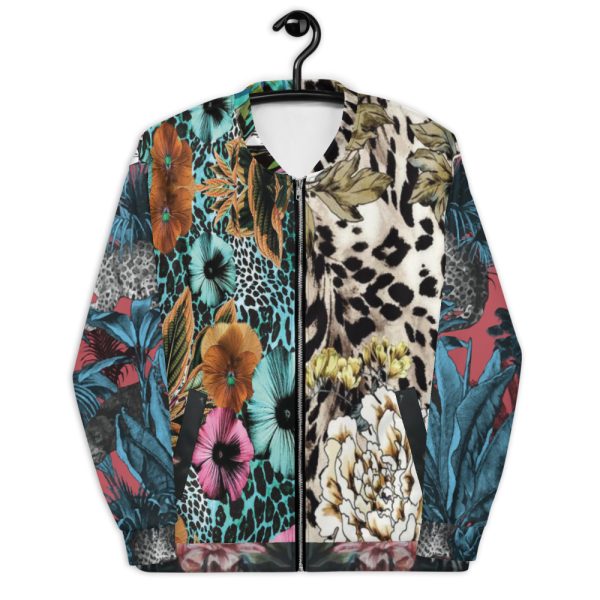 Bomber Jacket | Designer Luxury For Women & Men | Navy Blue Floral Red Turquoise$158
Bomber Jacket | Designer Luxury For Women & Men | Navy Blue Floral Red Turquoise$158 -
 Bomber Jacket | Designer Luxury For Women & Men | White Gold$158
Bomber Jacket | Designer Luxury For Women & Men | White Gold$158 -
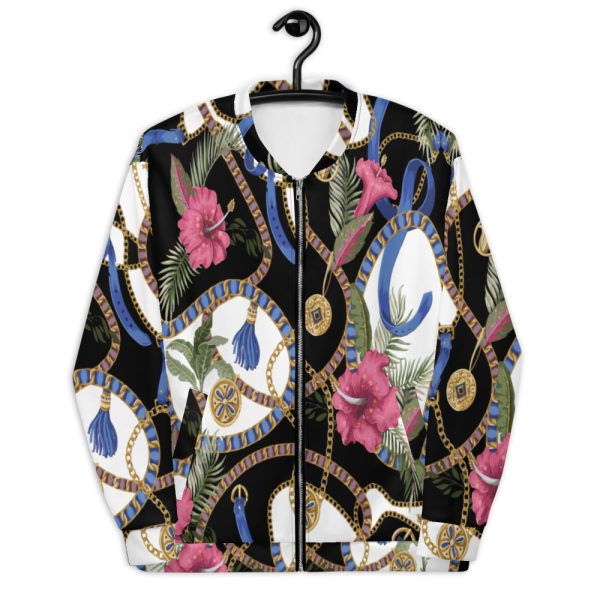 Bomber Jacket | Designer Luxury For Women & Men | Floral White Black$158
Bomber Jacket | Designer Luxury For Women & Men | Floral White Black$158 -
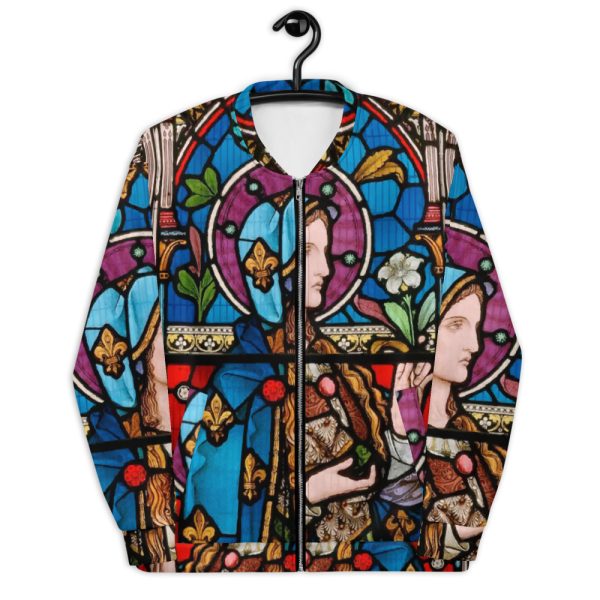 Bomber Jacket | Designer Luxury For Women & Men | Blue Purple Gold$158
Bomber Jacket | Designer Luxury For Women & Men | Blue Purple Gold$158 -
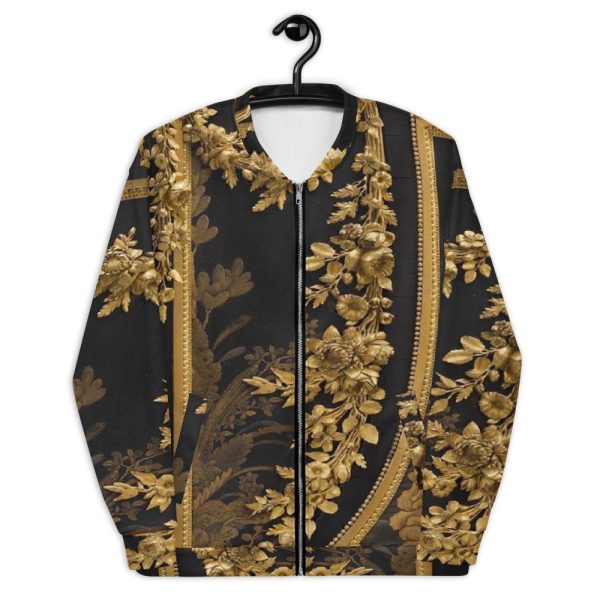 Bomber Jacket | Designer Luxury For Men & Women | Black Gold Baroque$158
Bomber Jacket | Designer Luxury For Men & Women | Black Gold Baroque$158 -
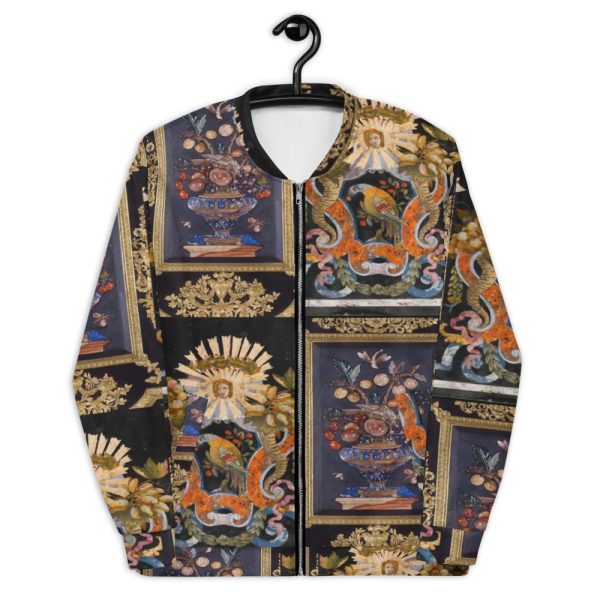 Bomber Jacket | Designer Luxury For Women & Men | Black Gold$158
Bomber Jacket | Designer Luxury For Women & Men | Black Gold$158 -
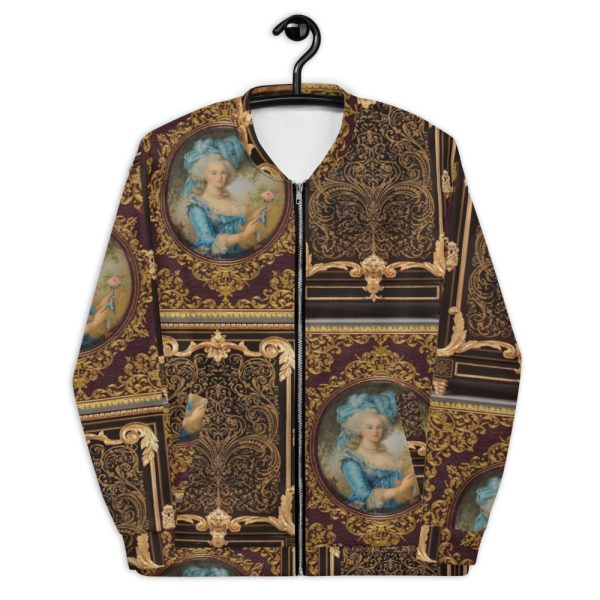 Bomber Jacket | Designer Luxury For Women & Men | Gold$158
Bomber Jacket | Designer Luxury For Women & Men | Gold$158